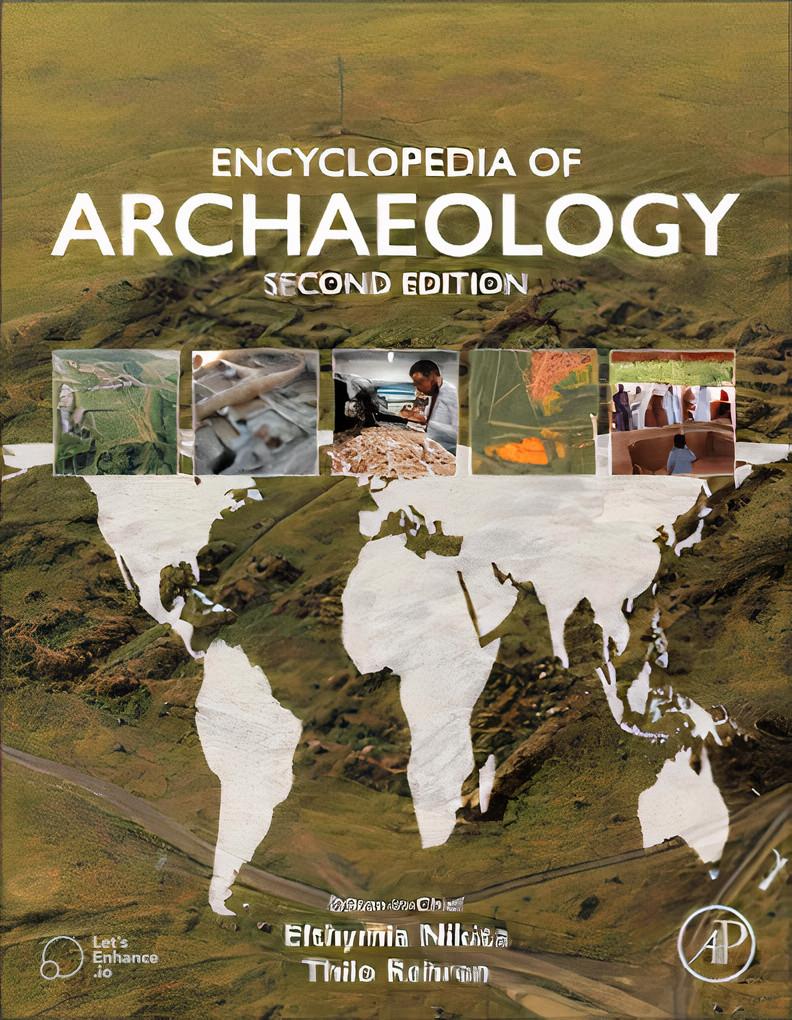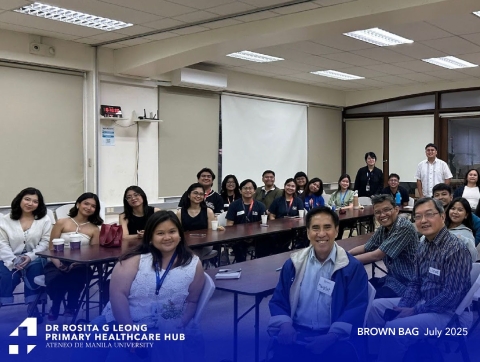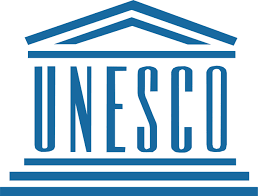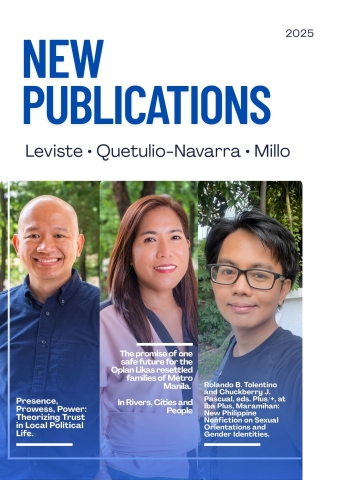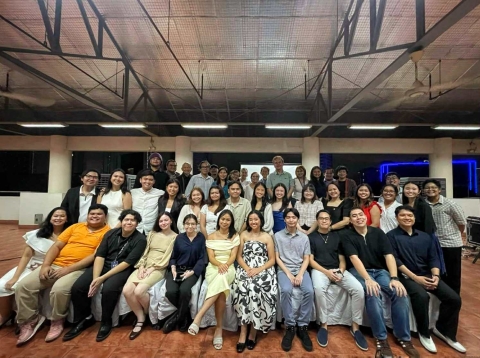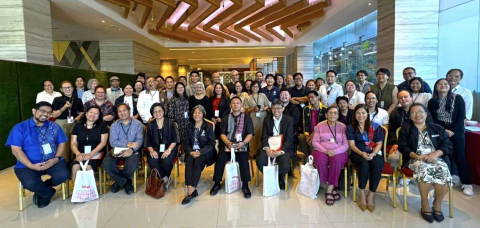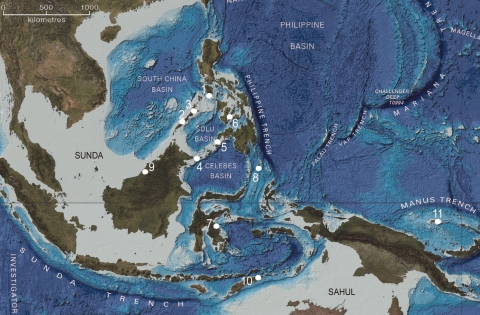Encyclopedia of Archaeology, Book Chapter on Traceology
11 Dec 2023
Alfred F. Pawlik a,b,c and Riczar B. Fuentes a,c,d
a Department of Sociology and Anthropology, Ateneo de Manila University, Quezon City, Philippines;
b Department of Early Prehistory and Quaternary Ecology, Eberhard Karls Universität Tübingen, Schloss Hohentübingen, Tübingen, Germany;
c TRACES ASIA, Areté, Ateneo de Manila University, Quezon City, Philippines; and
d The Role of Culture in Early Expansions of Humans (ROCEEH), Heidelberg Academy of Sciences and Humanities, Tübingen, Germany
Key Points
• Traceology is the method of determining the former function of tools from archaeological contexts
• Also known as use-wear or microwear analysis, it examines microscopic traces on artifacts related to uses and activities
• It compares wear traces of experimental as well as ethnohistorical tools with traces on archaeological tools
• Traceology applies a variety of detection methods, including optical light and digital microscopes, scanning electron microscopes coupled with microanalysers like energy-dispersive X-ray spectrometry, laser scanning confocal microscopes, as well as gas chromatography and mass spectrometry
• Residue analysis examines microscopic remnants of the contact material on the tool surface
Abstract
Traceology, or use-wear analysis, is the method that identifies the use and function of prehistoric tools. It was initially developed at the Leningrad Institute of Archaeology under the leadership of Sergei A. Semenov and was made known worldwide in 1964 when the English translation of his monograph Prehistoric Technology was published. Since then, this method and the related technology have been constantly developed and enhanced. While traceological studies commonly analyze lithic artifacts, this method can also be applied on tools made of bone, antler, shell, or metal. This entry provides an overview of the methodology and development of traceology.
About the Publisher:
"Encyclopedia of Archaeology, Second Edition, Four Volume Set covers the standing of archaeology as a scientific discipline, how archaeology is practiced, both in the field and in the lab, provides an archaeological geographical overview encompassing all continents and time periods, and covers the role of archaeology in the modern world..."
For more information on the publisher: Encyclopedia of Archaeology (Second Edition) | ScienceDirect
Featured Department of Sociology and Anthropology (DSA) Faculties:
Dr. Alfred F. Pawlik is a Professor of the Ateneo Department of Sociology and Anthropology. Currently, Dr. Pawlik is the director of the Anthropological and Sociological Initiatives of the Ateneo (ASIA), and the head of TRACES, the Deep Time Archaeological Collaboratory and Cultural Resource Management Space of ASIA at the Areté.
Dr. Riczar B. Fuentes is a full-time faculty member of the Ateneo Department of Sociology and Anthropology. Currently, Dr. Fuentes is an active member of TRACES-ASIA.
Request for chapter:
The featured chapter is available upon request for current Ateneo de Manila University students and faculty only. Kindly email Josemaria Balboa at josemaria.balboa@obf.ateneo.edu using your Ateneo email to obtain a copy.



